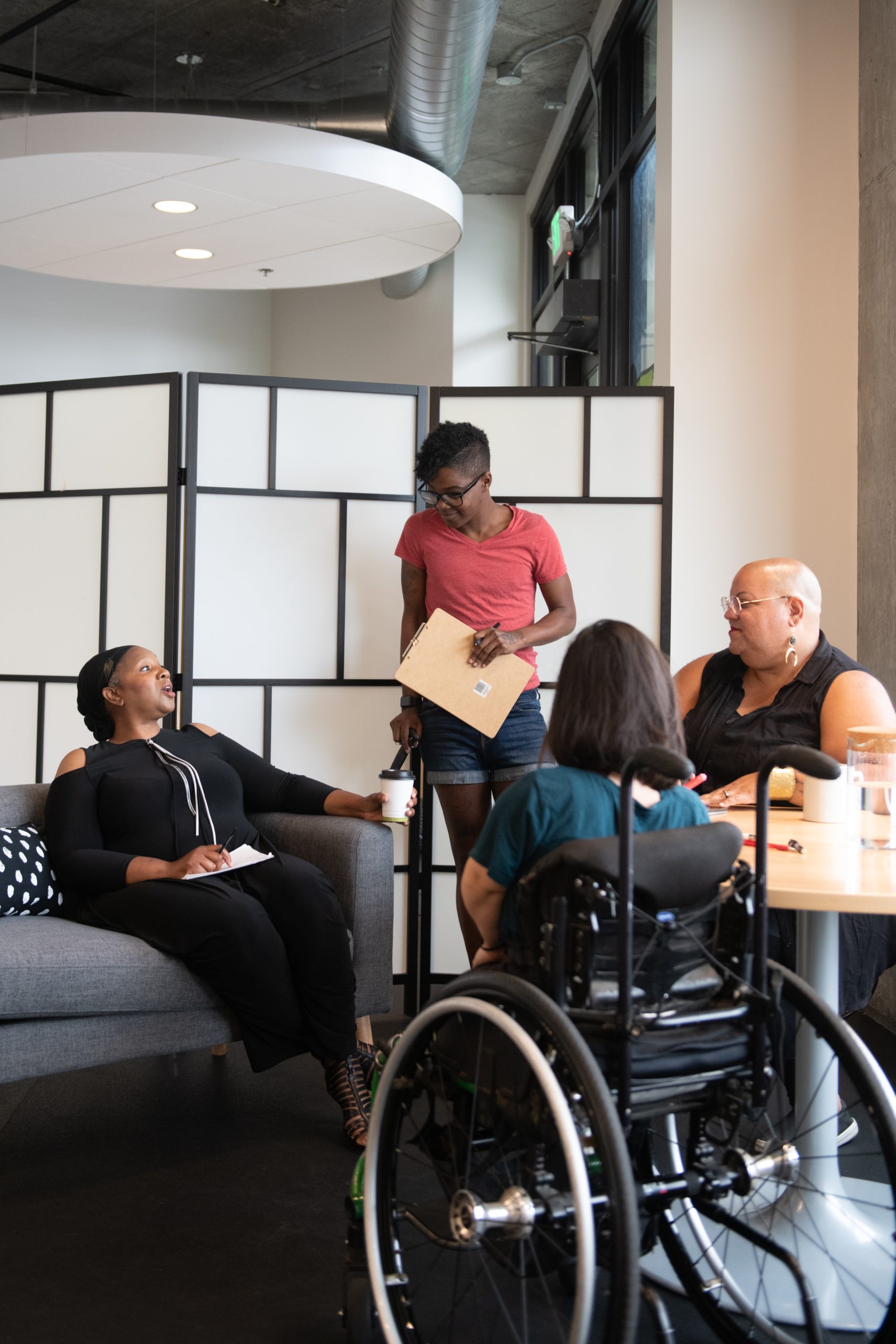What is Culture and Why is it Important?

Learning Objectives
- 6.1 Explain ethnocentrism and xenocentrism
- 6.2 Define cultural capital, funds of knowledge, and cultural humility
- 6.3 Recommend strategies for child, family, school, and community collaboration that respects cultural exchange in equitable relationships and decision-making.
Introduction
What are the rules when you pass an acquaintance at school, work, in the grocery store, or in the mall? Generally, we do not consider all of the intricacies of the rules of behavior. We may simply say, “Hello!” and ask, “How was your weekend?” or some other trivial question meant to be a friendly greeting. Rarely do we physically embrace or even touch the individual. In fact, doing so may be viewed with scorn or distaste, since as people in the United States we have fairly rigid rules about personal space. However, we all adhere to various rules and standards that are created and maintained in culture.
These rules and expectations have meaning, and there are ways in which you may violate this negotiation. Consider what would happen if you stopped and informed everyone who said, “Hi, how are you?” exactly how you were doing that day, and in detail. You would more than likely violate rules of culture and specifically greeting. Perhaps in a different culture the question would be more literal, and it may require a response. Or if you are having coffee with a good friend, perhaps that question warrants a more detailed response. These examples are all aspects of culture, which is shared beliefs, values, and practices that participants must learn. Sociologically, we examine in what situation and context certain behavior is expected and in which situations perhaps it is not. These rules are created and enforced by people who interact and share culture.
Pause to Reflect!
 Examine the image from a parent-teacher conference.
Examine the image from a parent-teacher conference.
- What cultures might be represented in the image?
- Describe the body language, room set up, and participant facial expressions.
- Based on what you see in the image, determine if there is equitable conversation and collaboration between the teacher and the family.
It is important to begin with a clear understanding of terms presented in this chapter:
- A culture represents the beliefs and practices of a group.
- A society represents the people who share the beliefs and practices of a culture.
- “Community” refers to a definable region—as small as a neighborhood (Brooklyn, or “the east side of town”), as large as a country (Ethiopia, the United States, or Nepal), or somewhere in between (in the United States, this might include someone who identifies with Southern or Midwestern society).
- Neither society nor culture could exist without the other.
- “Dominant culture” refers to the cultural norms, values, and practices that are accepted and pervasive within a particular social, economic, or institutional context. It’s the “default setting” of a society, the background noise that influences how we behave, speak, and even think.
In this chapter, we will elevate the importance of culture, society, and community in our work with children, families, schools, and communities. We will examine factors, such as bias, microaggressions, and discrimination, that impact how families engage with the larger structures of schools and communities. We will recommend strategies that create equitable partnerships that honor the cultures, societies, and communities of families with the dominant culture.
Pause to Reflect!
Discuss the following questions.
- What rules shape your interactions with your family?
- What rules shape your interactions with your coworkers?
- What rules shape your interactions with strangers?
- Compare and contrast those rules.
Media Attributions
- Baby sitting on father © Photo by William Fortunato from Pexels: https://www.pexels.com/photo/happy-muslim-mother-embracing-black-baby-sitting-on-father-6392845/ is licensed under a Public Domain license
- Parent-Teacher Conference © Chona Kasinger adapted by Disabled And Here is licensed under a CC BY (Attribution) license

